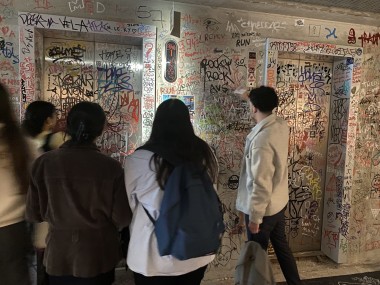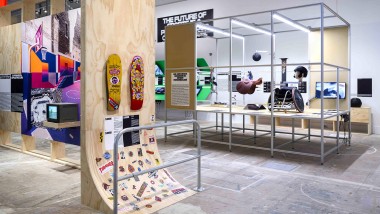Who could have foreseen that the Grand Palais, dedicated to the glory of French art, would subsequently be transformed into a military hospital? Yet this was precisely what happened during the Great War. Instead of the traditional art salons and car shows, the building was requisitioned as barracks for colonial troops, then for marine gunners. There, the soldiers received their kit, instruction and training.
On September 4 1914, the curator of the Grand Palais, Henri Deglane, received instructions to transform part of the Grand Palais into a military hospital. Gradually, the whole building was given over to this task, with a thousand beds, two operating theatres and a re-education centre where various techniques such as physiotherapy, hydrotherapy or radiotherapy were introduced. These were so successful that most of the soldiers were sent back to the front. However, there was still room for art: painters and sculptors who had not been mobilised and who might otherwise have been contributing to shows put their talents to use in the service of the wounded by decorating the hospital rooms or making moulds for prostheses.
However, the darkest hours of the Grand Palais were still to come in the shape of World War II. The French capitulation broke off the preparations for the 2nd Salon de la France d'outre-mer (an exhibition devoted to France's overseas possessions). In the hands of the German occupants, the Grand Palais was requisitioned to act as a truck depot and then housed two exhibitions devoted to Nazi propaganda. The first, entitled "European France" was held in 1940, followed a year later by "The New Life".





